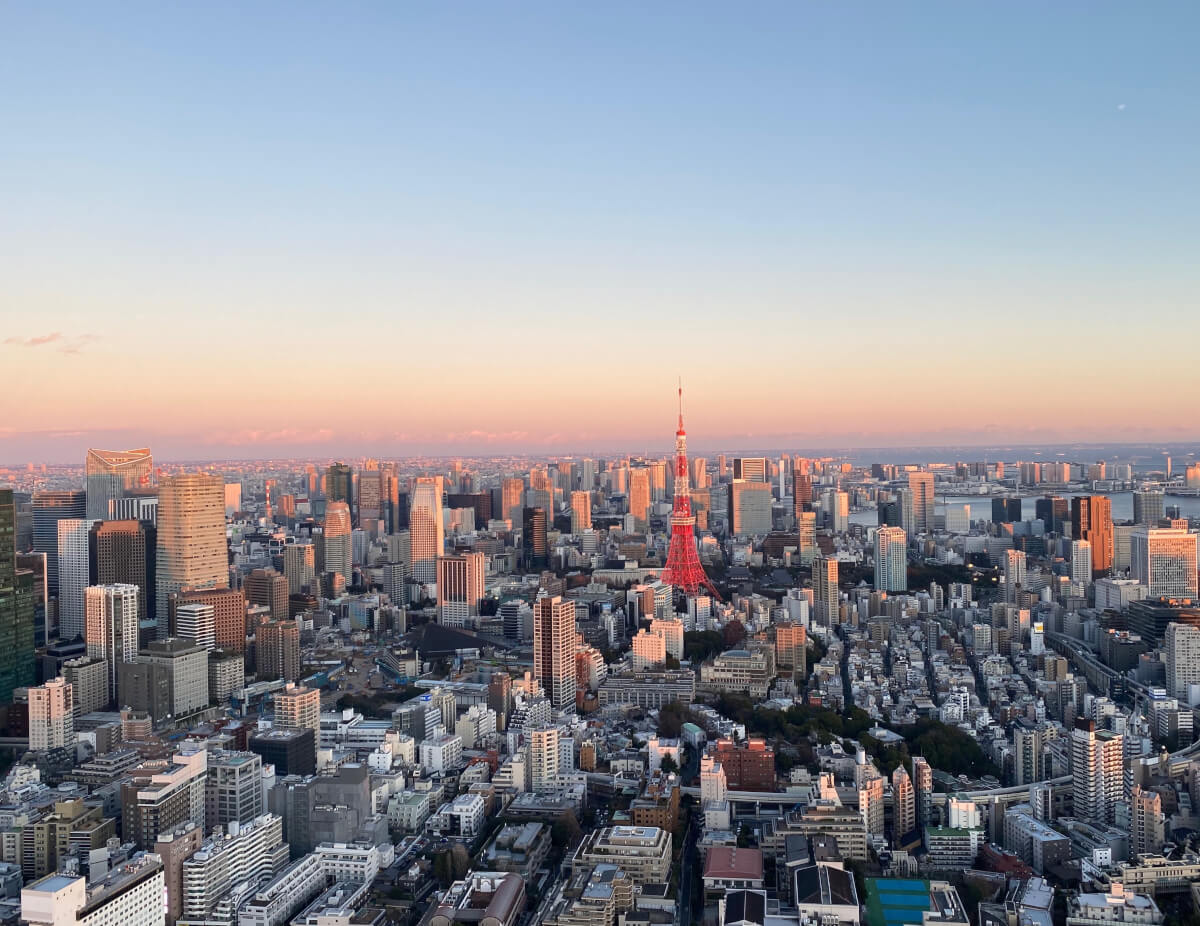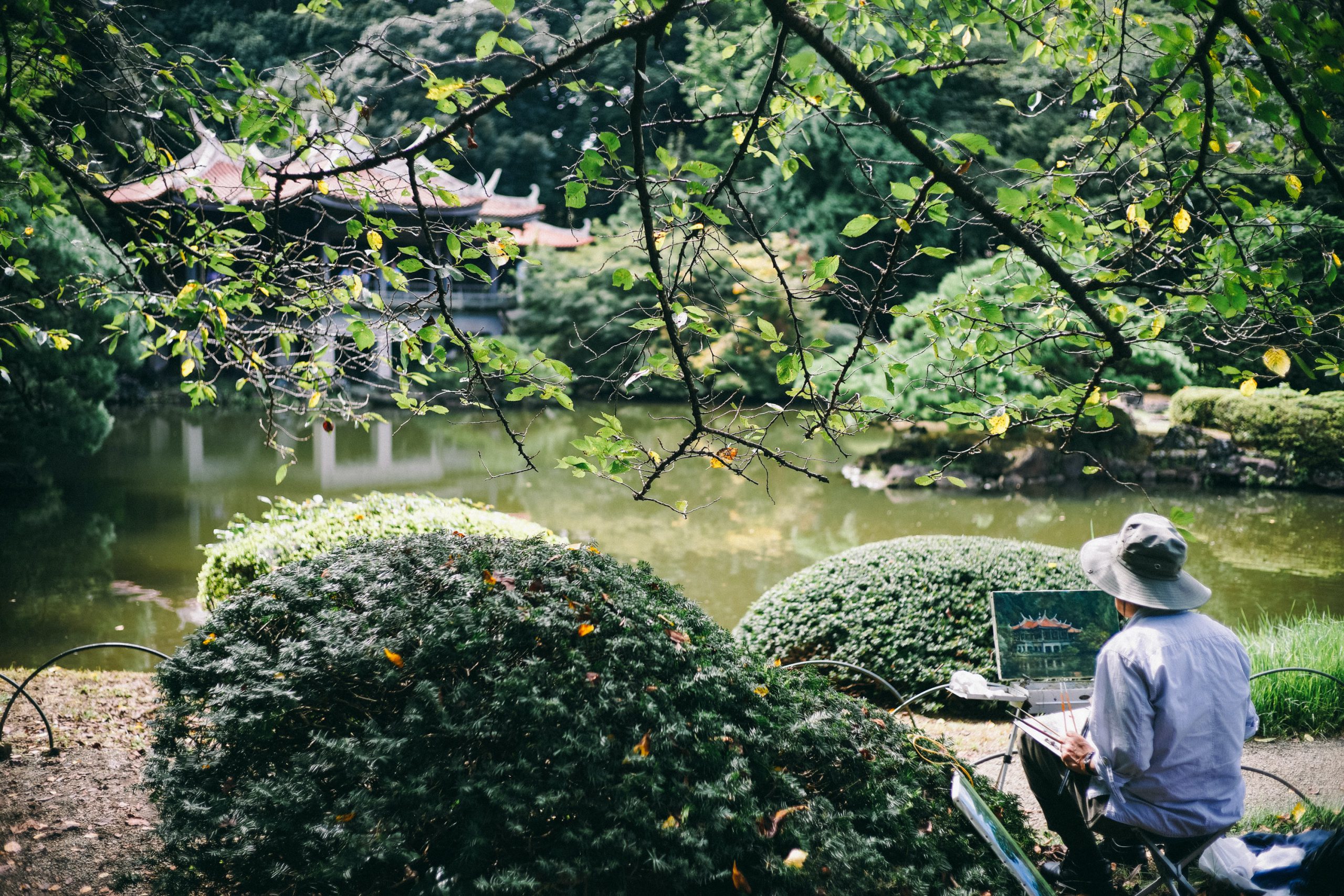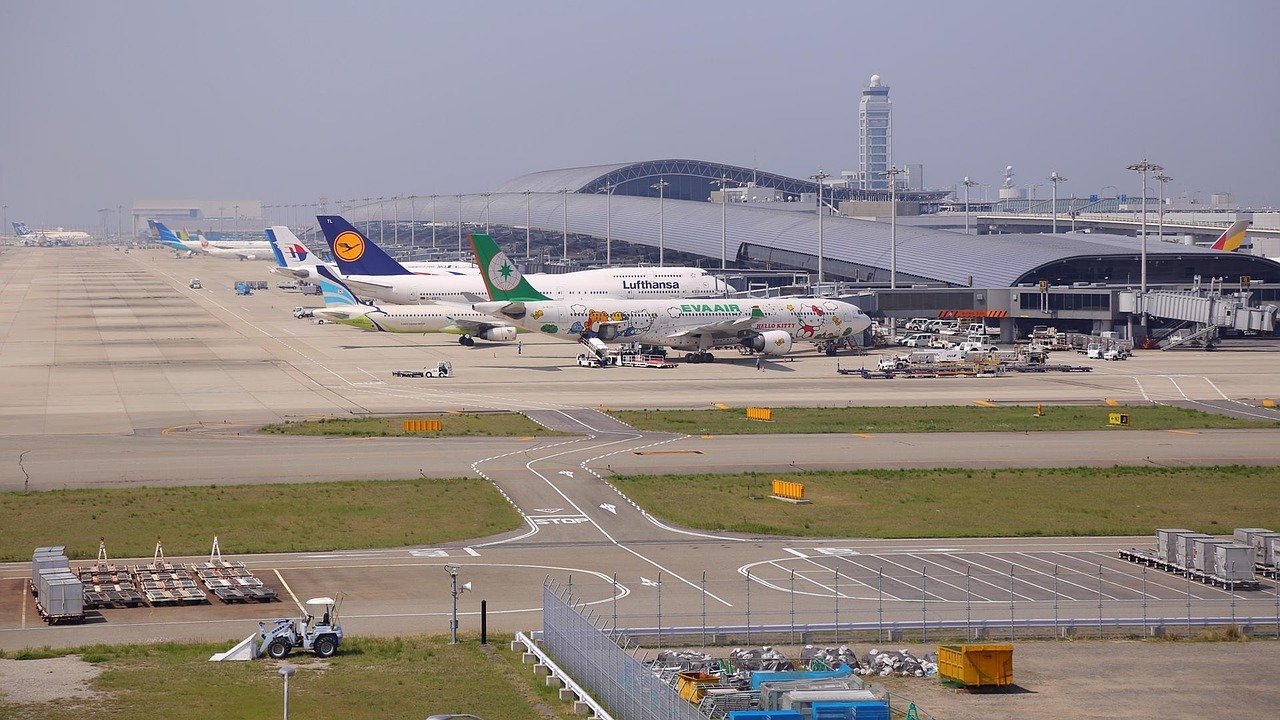Tokyo is one of the largest metropolitans in the world, yet you will be surprised by the number of traditional Japanese gardens you can find in this busy and populated city. In this article, we will introduce the concept of Japanese gardens and the famous Japanese gardens you can visit in Tokyo.
What is Japanese garden?
The traditional Japanese garden is considered one of the most important elements of Japanese art. Gardens have evolved into a variety of styles with different purposes such as promenade gardens which started to be built in the Heian Period (794-1185) and the rock gardens known as zen gardens which were first built in Kamakura city by a Chinese priest in 1251.
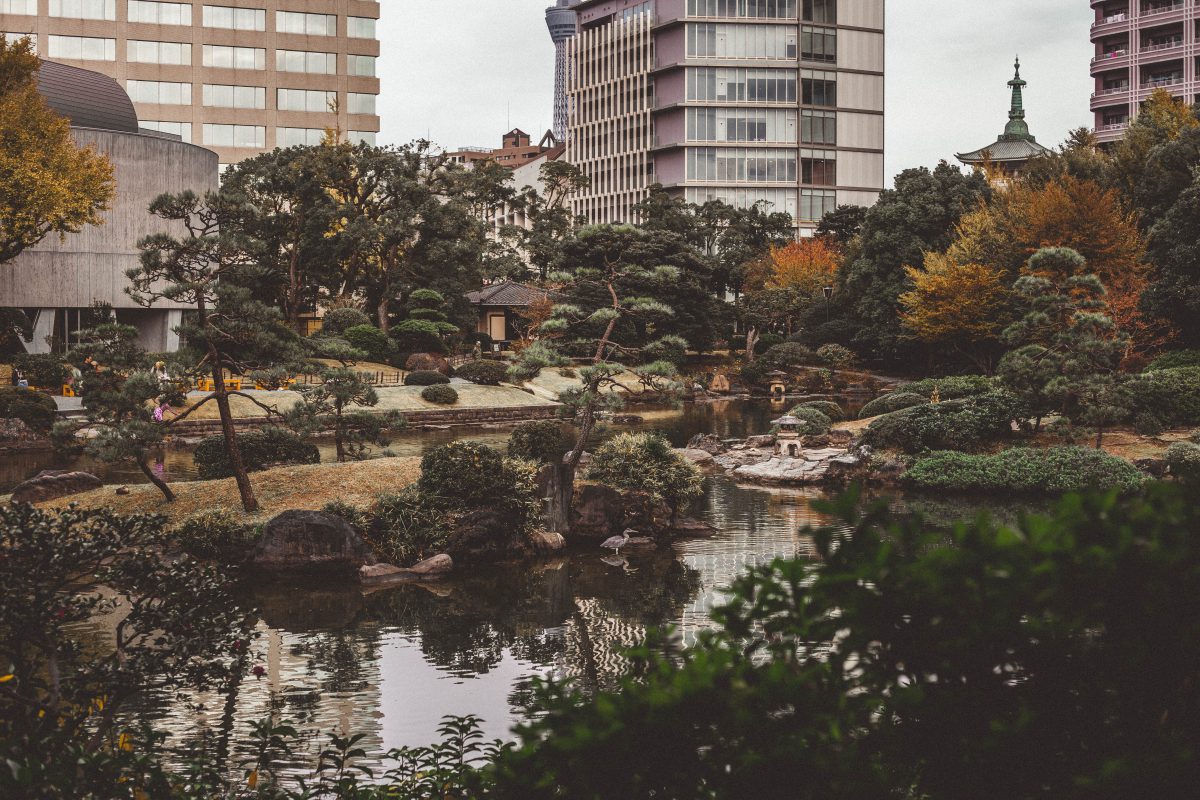
Traditional Japanese gardens are conceived as a representation of natural settings by incorporating natural materials such as ponds, streams, islands, and hills along with some constructions including bridges and buildings. These elements are utilized to create sceneries that are appealing to observers or to represent spiritual and philosophical ideas for religious purposes.
The central element of most gardens is the water, either ponds, streams, or waterfalls. In the rock garden, they are symbolized by raked white gravel and sand. Ponds often represent real or mythical lakes or seas to create miniature reproductions of real or mythical natural sceneries.
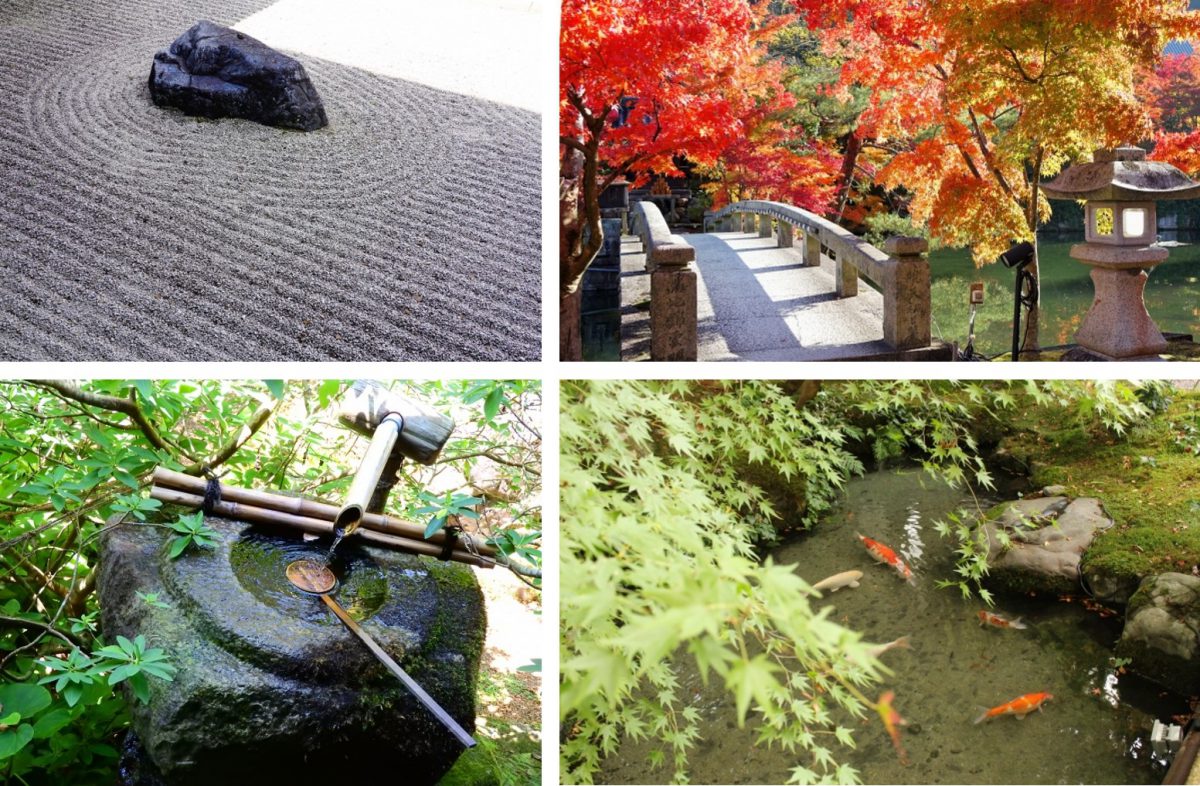
Rocks, sand, and gravel are essential features of the Japanese garden. Large rocks often represent mountains and hills, and flat rocks may represent the earth. Smaller rocks can line ponds and streams, and in rock gardens, raked sand or gravel can symbolize beaches, lakes, or flowing rivers.
Bridges in the Japanese gardens symbolize the path to paradise and immortality. The bridges can made of stones or woods, connecting islands and pavilions and cross streams or ponds. In a temple garden, bridges may be painted red, following the Chinese tradition.
Stone lanterns and stone water basins are another features that can commonly be placed in the Japanese gardens, especially in tea gardens. Stone lanterns were originally located only at Buddhist temples for its spiritual symbols, but started to be used at Shinto shrines as well in the Heian period (794-1185), and then started to be used solely for decoration in the Japanese gardens. Stone water basins are typically used in tea gardens for visitors to wash their hands and mouth before the tea ceremony. They are provided with a bamboo pipe for water supply and a bamboo ladle for scooping up water.
Trees and flowers in the gardens are carefully chosen and planted, either to hide undesirable sights, to serve as a backdrop to certain garden features, or to create a picturesque scene. The maple, azalea, camellia, Japanese apricot, and cherry are often planted for their seasonal appeal, while the ginkgo, Japanese cypress, Japanese cedar and pine trees represent longevity. Moss is also popular for Japanese gardens and can be used extensively.
Hamarikyu Garden
Hamarikyu Garden is situated in central Tokyo alongside Tokyo Bay. This scenic garden was once reserved for Imperial use only, and opened to the public in 1946. It features seawater ponds, which change level with the tides, and the 118-meter bridge that connects the garden’s islands. On one of the islands, tea house can be found where you can enjoy Japanese traditional green tea and sweets along with a good sceneries of the garden.
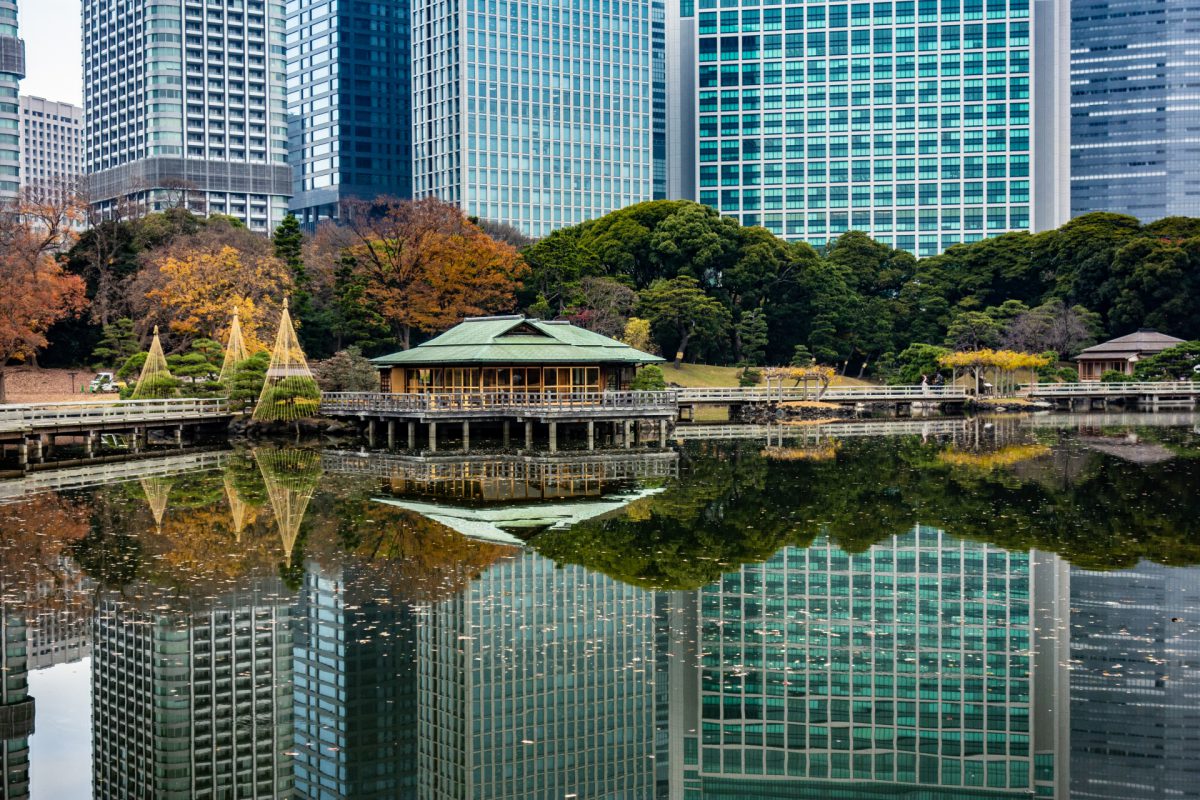
Access:
15 minute walk from JR Shimbashi Station.
5 minute walk from Shiodome Station on the Oedo Subway Line and the Yurikamome elevated train.
Shinjuku Gyoen
Shinjuku Gyoen is one of the largest and most visited parks in Tokyo, located near Shinjuku Station. Along with English and French themed gardens and large lawn areas, Shinjuku Gyoen features a traditional Japanese landscape garden which contains ponds, islands and bridges. One of the pavilions built on a pond is called the Kyu Goryotei, which was constructed on the occasion of the wedding of the Showa Emperor in 1927.
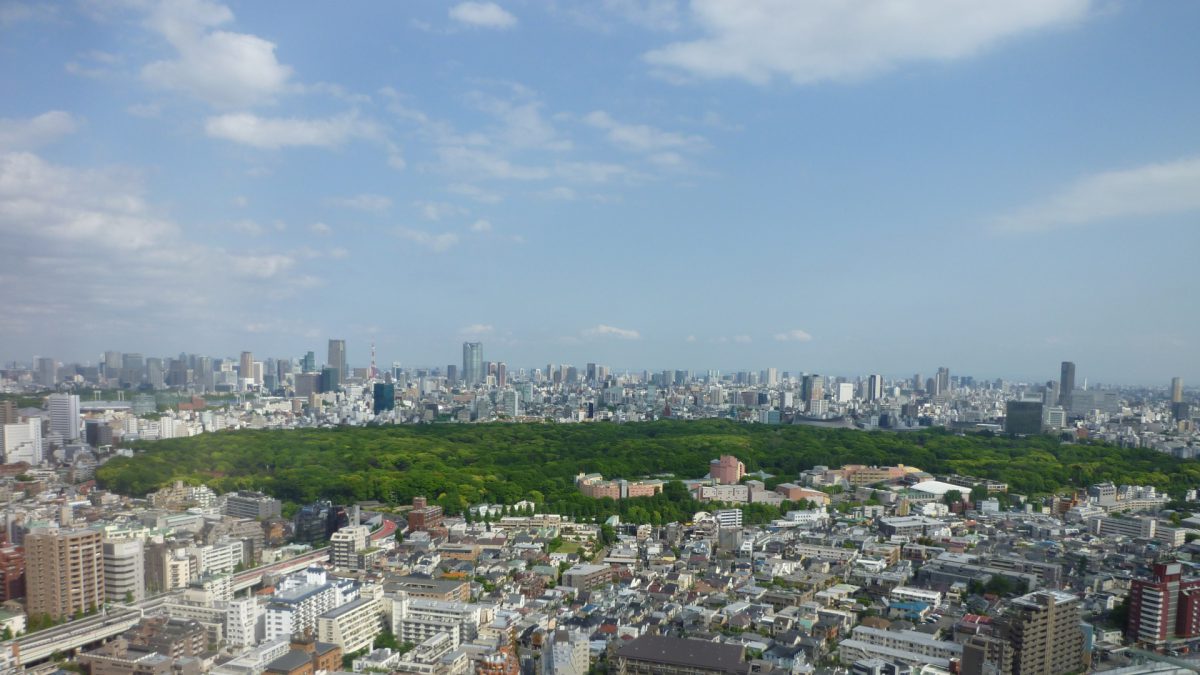
Access:
5 minute walk from Shinjukugyoen-mae Station on the Marunouchi Subway Line.
5 minute walk from JR Sendagaya Station on the local Chuo/Sobu Line.
10 minute walk from the New South Exit of JR Shinjuku Station.
Rikugien Garden
Located in central Tokyo in Bunkyo ward, Rikugien Garden is often said to be the most beautiful traditional landscape garden in Tokyo. The name of the garden means “garden of the six principles”, referring to the six elements in a poetry, and reproduces several scenes from famous poems.
The garden is quite spacious, and consists of a large lake, a few streams, and an artificial hill. You can relax with traditional green tea while enjoying a lake view from a tea house called “Fukiageno-chaya”.
Do not miss the garden’s seasonal events: the weeping cherry blossom illuminations in late March and autumn leaves illuminations from late November to early December.
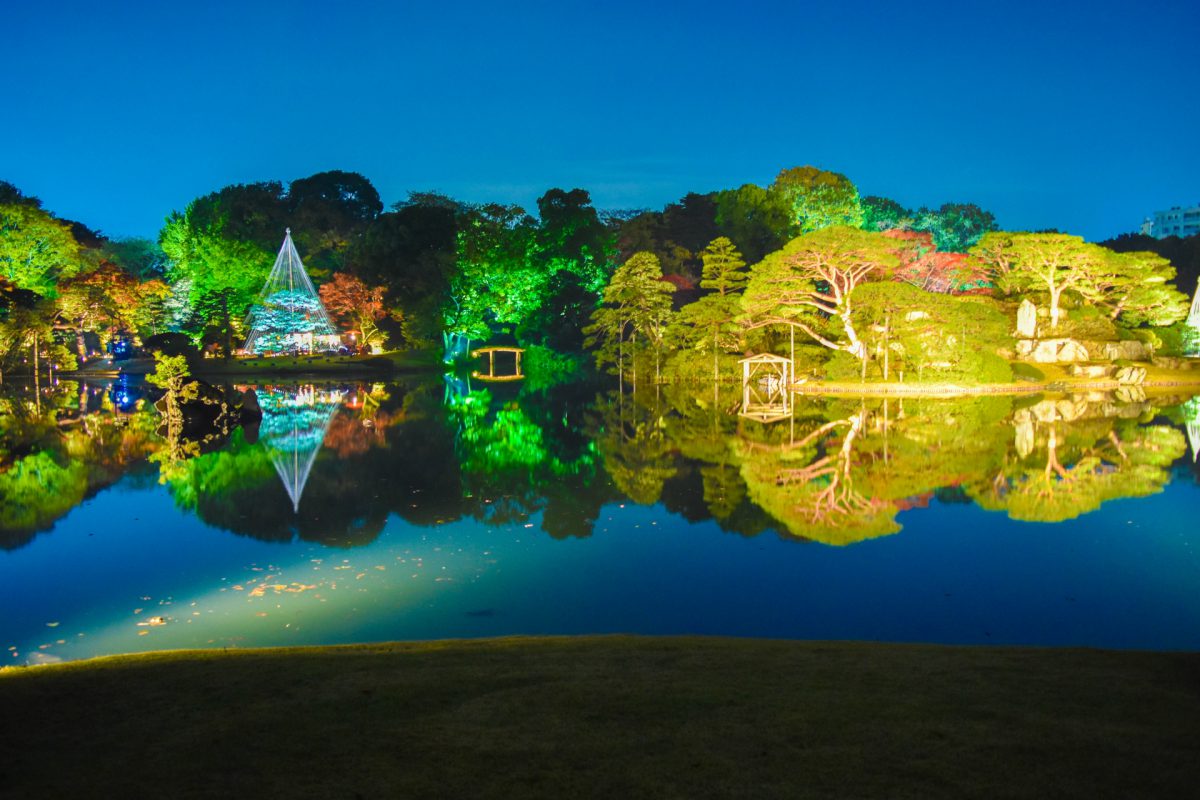
Access:
5-10 minute walk from JR Komagome Station.
Kiyosumi Teien
Located in a quiet neighborhood of Kiyosumi Shirakawa, this landscape garden used to be a part of the property of a merchant in the Edo Period (1603-1868), then bought by a founder of the Mitsubishi group, who turned the property into a garden to entertain guests. The garden was donated to the city of Tokyo, and opened to the public in 1932.
The highlight of the garden is a large artificial pond and the stepping stones. If you look into the water from the stepping stones, you will find some fish and turtles. By the pond, there is the teahouse style restaurant where you can enjoy traditional Japanese cuisine with reservations in advance.
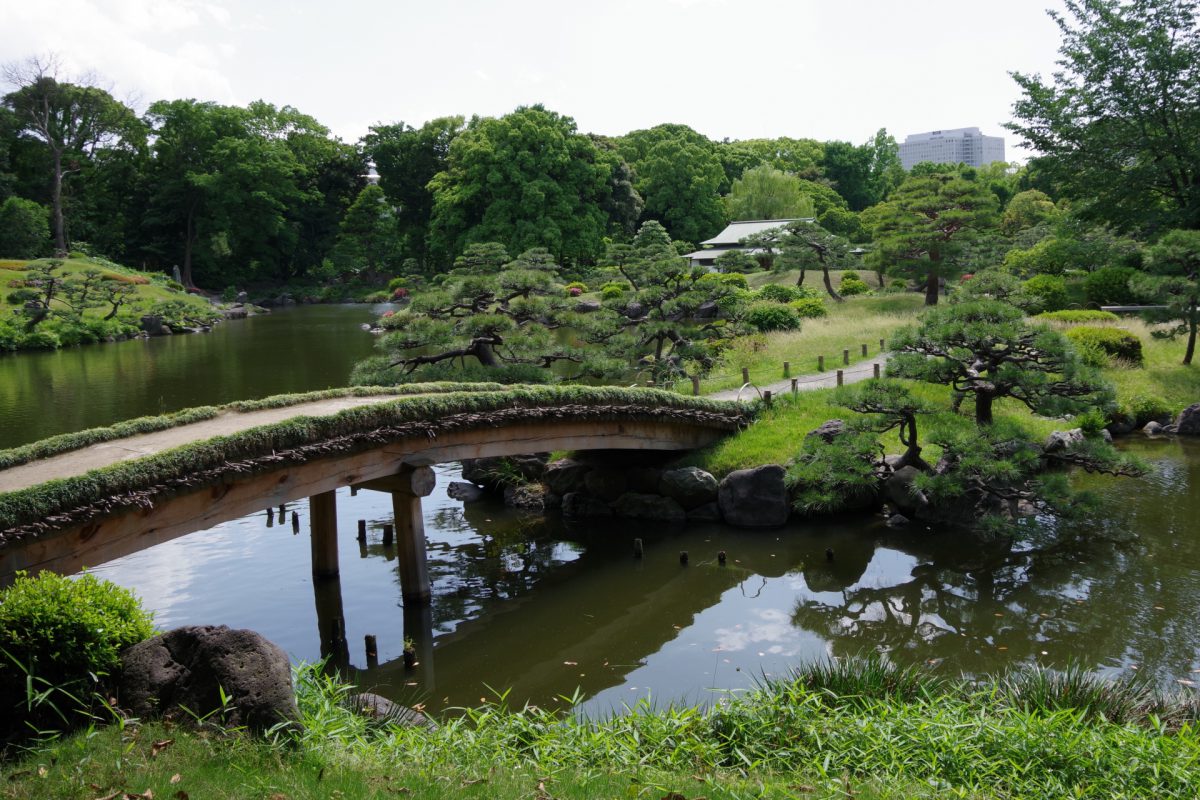
Access:
A short walk from Kiyosumi-Shirakawa Station on the Hanzomon and Oedo Subway Lines.
Imperial Palace Gardens
This is a part of the inner palace area of the Imperial Palace and open to the public. Extending over 210,000 square meters, the garden is situated on the ground where Edo Castle’s innermost circles of defense walls once stood.
Although none of the main buildings remain, the original moats, walls, entrance gates and guardhouses built by the Tokugawa shoguns in the Edo Period (1603-1868) can still be found. If you climb to the top of the foundations of the former castle tower, you can enjoy a panoramic view of the Imperial Gardens.
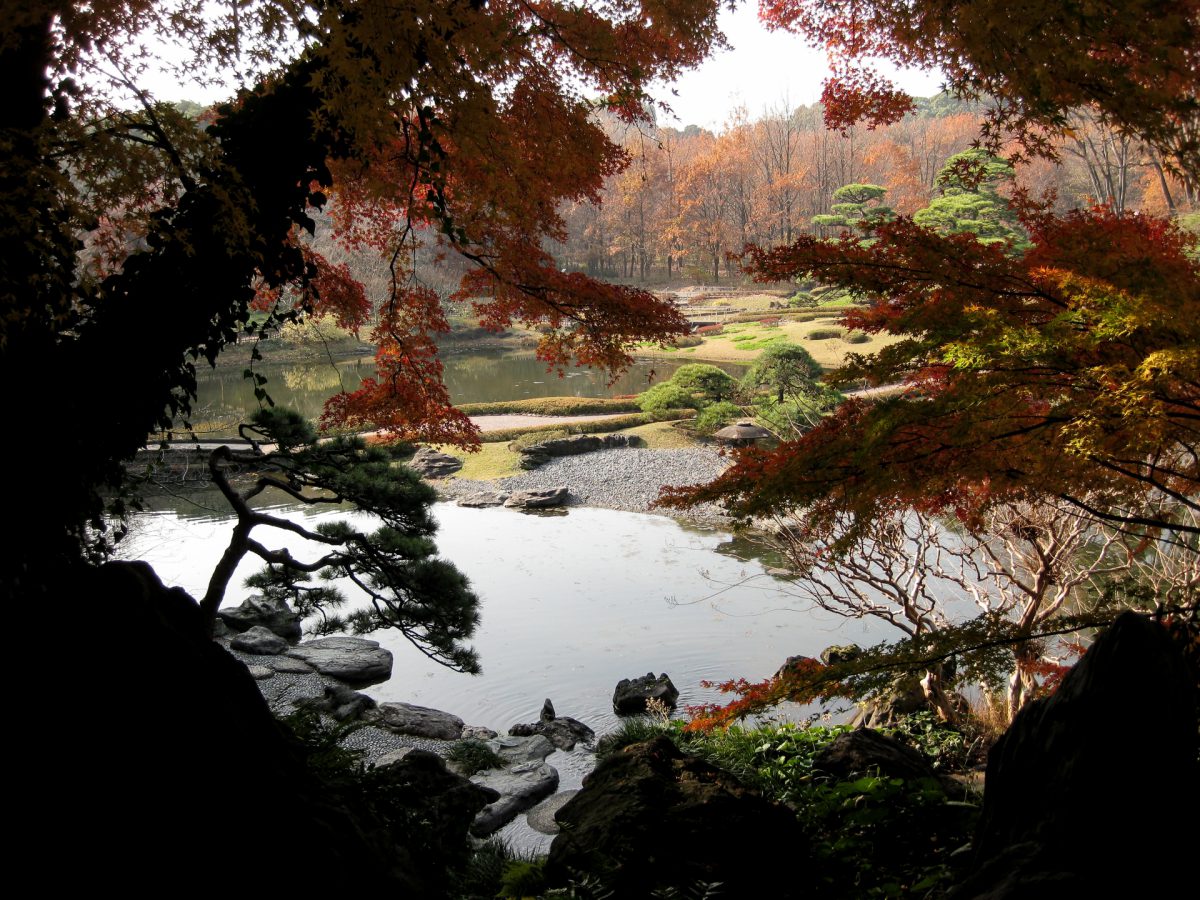
Access:
A short walk from Otemachi Station on the Chiyoda, Tozai, Marunouchi, Hanzomon and Mita Subway Lines.
10-15 minute walk from Tokyo Station.
Happo-en
Built in the early 17th century, Happo-en garden serves mainly as a backdrop for traditional Japanese wedding parties and banquets today. The garden consists of a pond which serves as a habitat for carps, beautifully maintained lawn, and a traditional Japanese restaurant overlooking the garden. As you stroll the garden, you can appreciate bonsai trees, most of which are over 100 years old and one of them is over 500 years old.
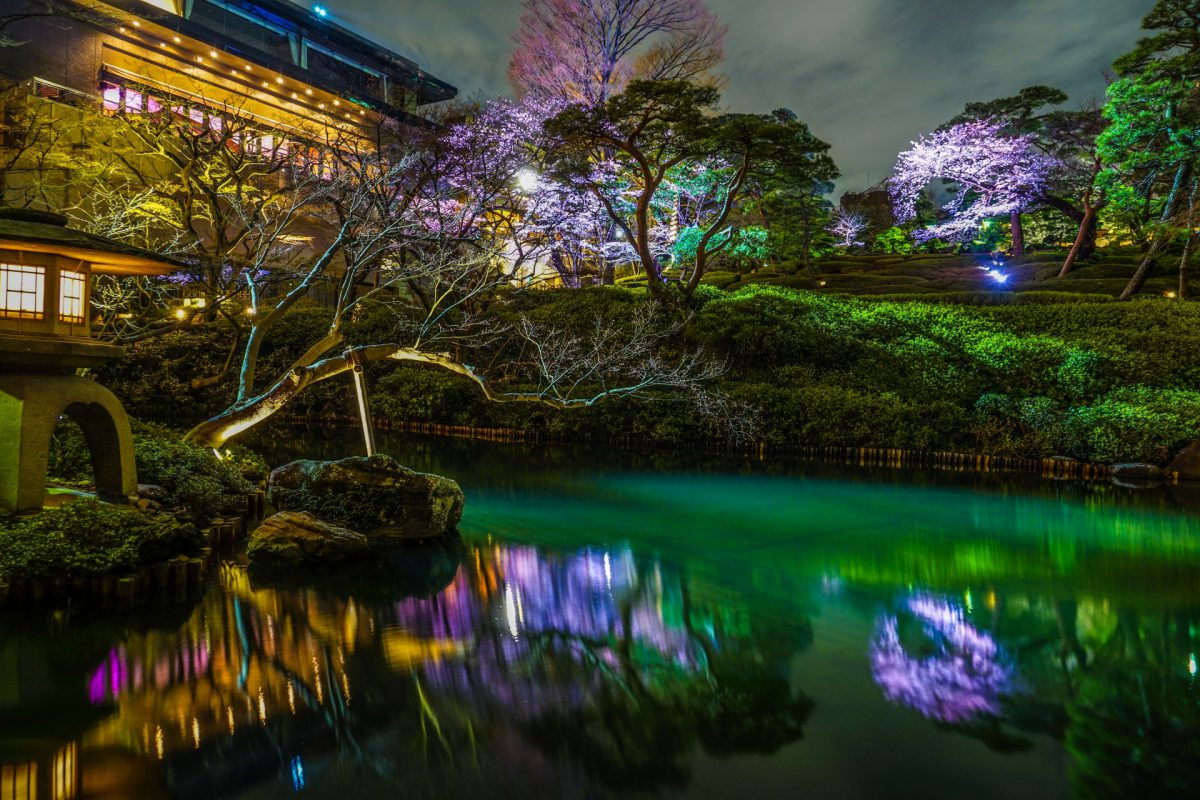
Access:
5-10 minute walk from Shirokane-dai Station on Namboku and Mita Subway Line.
Koishikawa Korakuen
Created in the 17th century, this is one of the oldest and most beautiful Japanese gardens in Tokyo. The garden was completed in 1669 by the Japanese shogun Tokugawa Mitsukuni and Chinese scholar Shu Shunsui. The garden features several scenes that represent famous Japanese and Chinese landscapes using ponds, stones, trees, and manmade hills.
The garden is especially charming from late November to early December when the autumn leaves change colors and from mid-February to early April when the plum and cherry blossoms are in full bloom.
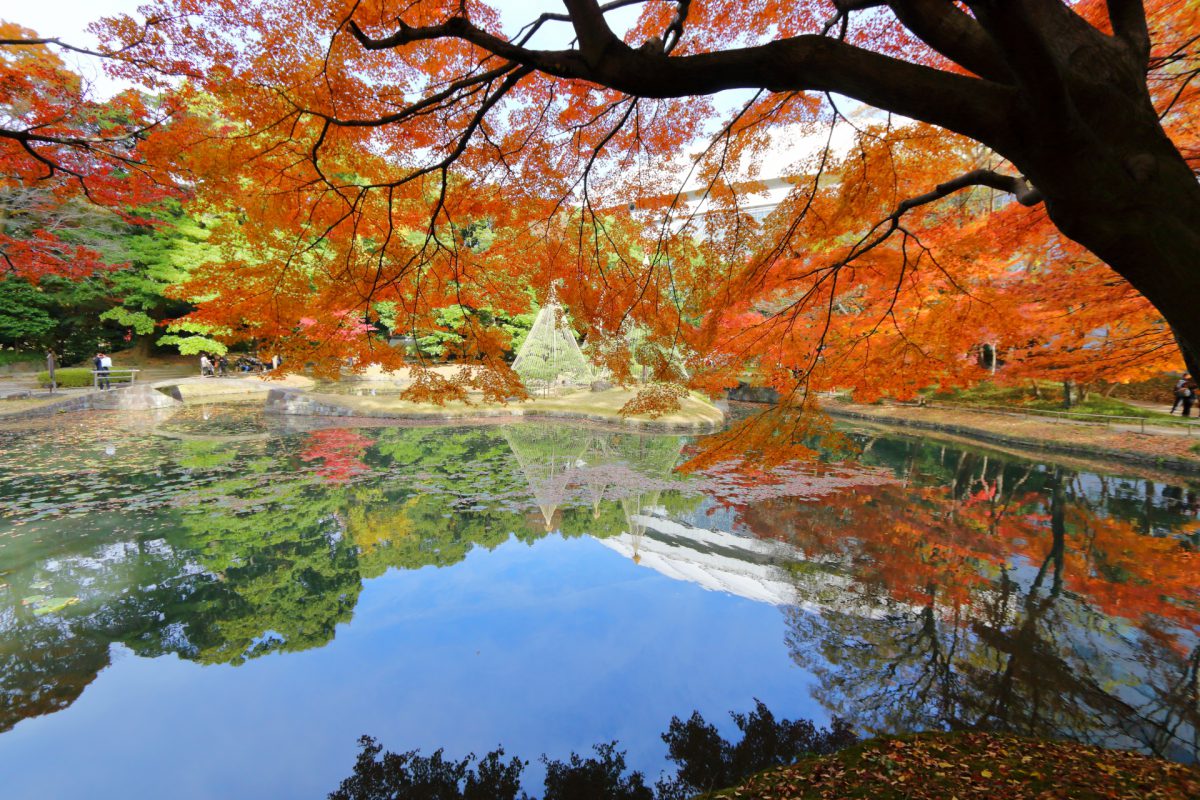
Access:
5-10 minute walk from Iidabashi Station along the JR Chuo Line (local trains only) and the Tozai, Yurakucho, Namboku and Oedo Subway Lines.
5-10 minute walk from JR Suidobashi Station along the JR Chuo Line
10 minute walk from Korakuen Station along the Marunouchi and Namboku Subway Lines.
Japan Wonder Travel Tours in Tokyo
Japan Wonder Travel is a travel agency that offers guided tours throughout Japan.
From private walking tours to delicious Food and Drink tours, we can help organize the best tours just for you! If you want to explore Japan and learn more about the history and backstories of each area you are traveling in, our knowledgeable and friendly guides will happily take you to the best spots!
In addition, we can provide you with any assistance you may need for your upcoming trip to Japan, so please feel free to contact us if you have any questions or need some help!
▶Tokyo Tsukiji Fish Market Food and Drink Tour
Explore the most lively and popular fish market in Tokyo, where you will have the chance to try some of the local’s favorite street foods and sake along with your friendly English-speaking guide!

▶Tokyo 1–Day Highlights Private Walking Tour (8 Hours)
There’s no better way to explore an area than taking a tour with a knowledgeable local guide. You will have the chance to learn about the history and interesting background stories of Tokyo, as well as discover some hidden gems which can be hard to do without a guide.

▶Shinjuku Bar Hopping Tour: Experience Tokyo’s Nightlife in Izakaya
Check out the best spots in Shinjuku while bar hopping through the lively and vibrant area. Try some delicious local food and drink as you explore the narrow yet photogenic alleys that the town has to offer. Experience Japanese izakaya culture and drink in Shinjuku like the locals!
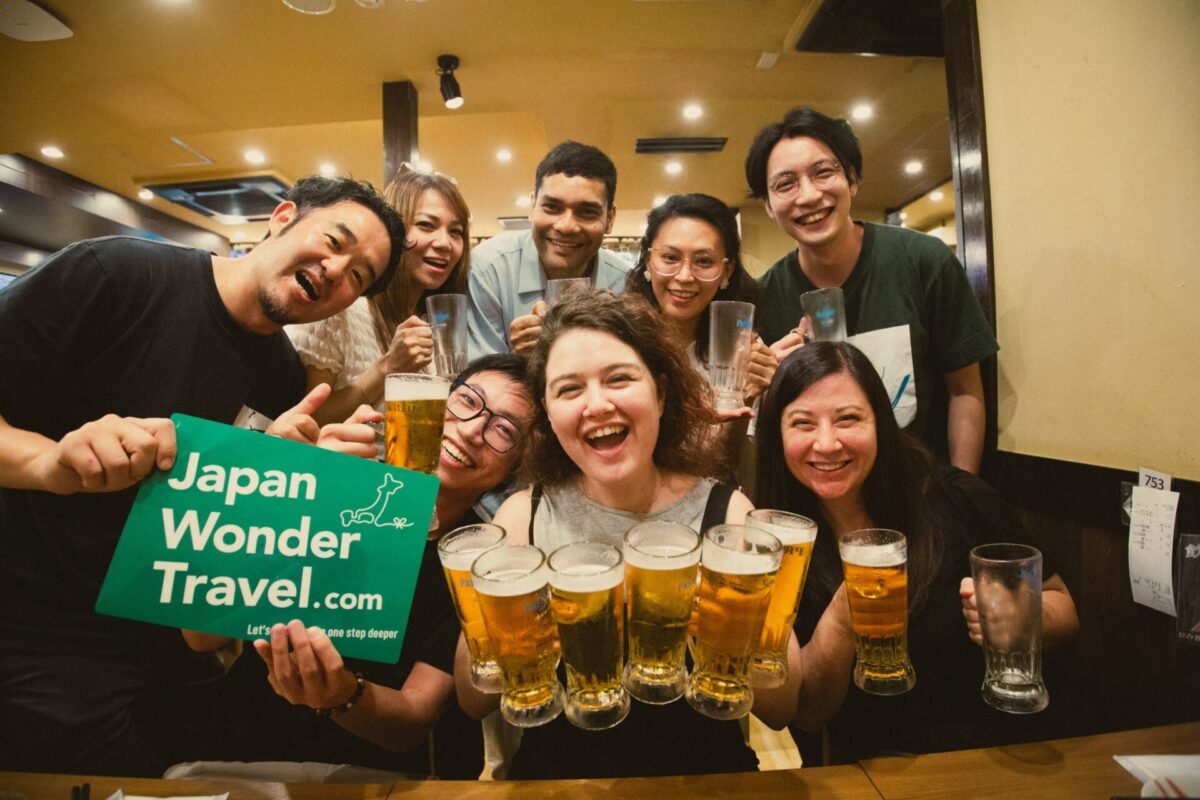
▶Kimono Experience in Tokyo
Step into the charm of the kimono, a beloved icon of Japanese tradition, ideal for festivals and wandering quaint streets. Asakusa offers the perfect setting to don your kimono and create cherished memories with picturesque backdrops. Let Kimono Rental Wargo dress you up for a day of delightful exploration in timeless style!
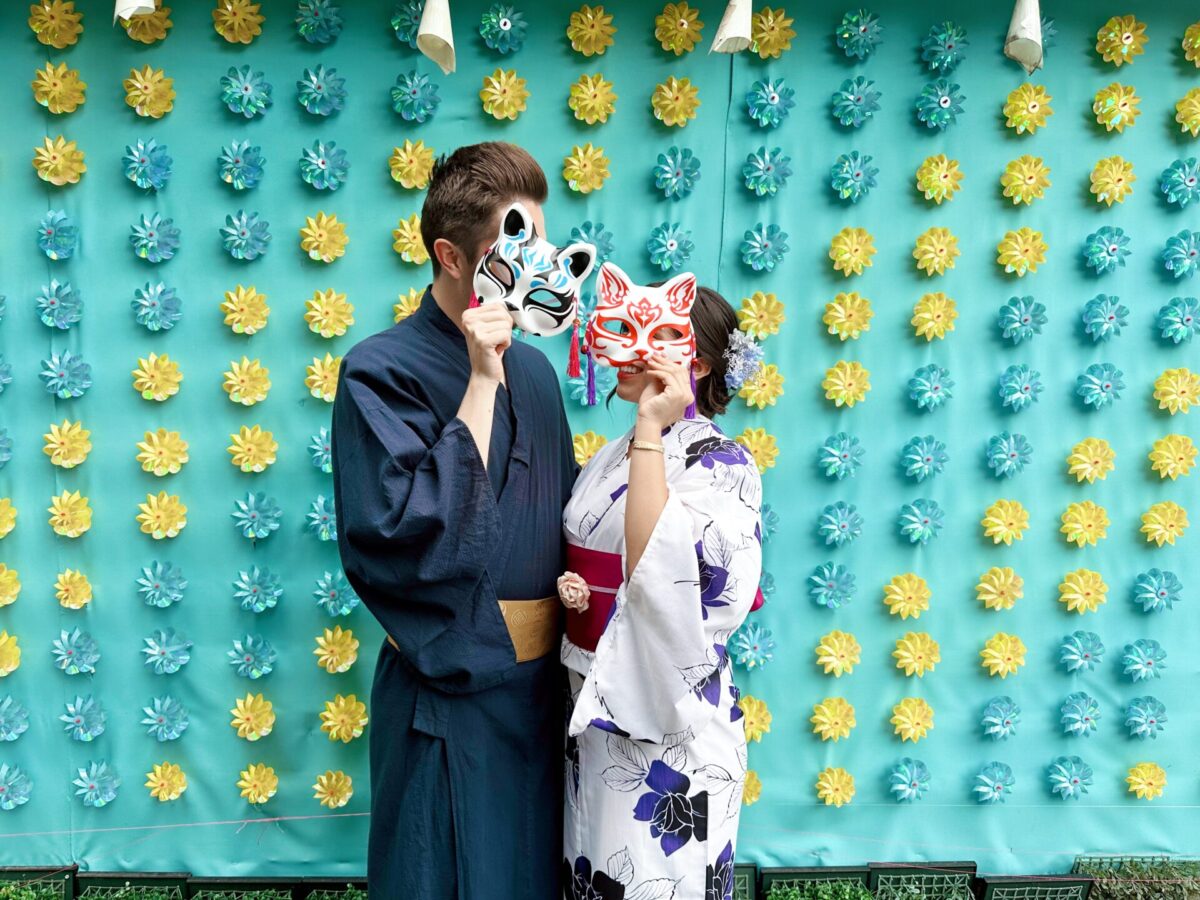
How did you think about our list of best Japanese gardens in Tokyo? Since all of them have good access from central Tokyo, you can easily visit these little oasis to relax and appreciate Japanese tradition and history.
Follow us on Instagram, Facebook, Twitter, and TikTok for more travel inspiration. Or tag us to get featured!
Happy traveling!
Stay informed of the best travel tips to Japan, the most exciting things to do and see, and the top experiences to have with the Japan Wonder Travel Newsletter. Every week we will introduce you to our latest content.
Other things to do in Tokyo

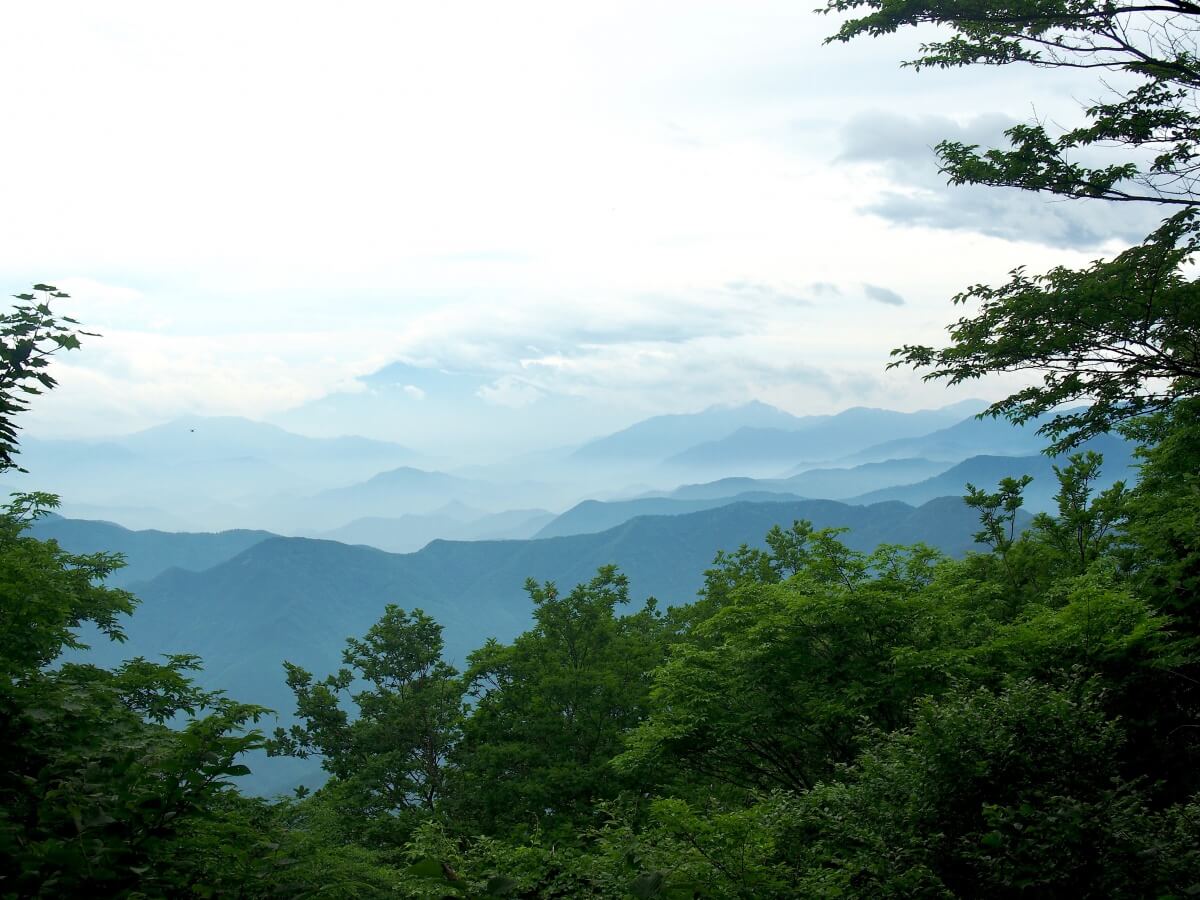

Find the answers you want to know about Tokyo;
